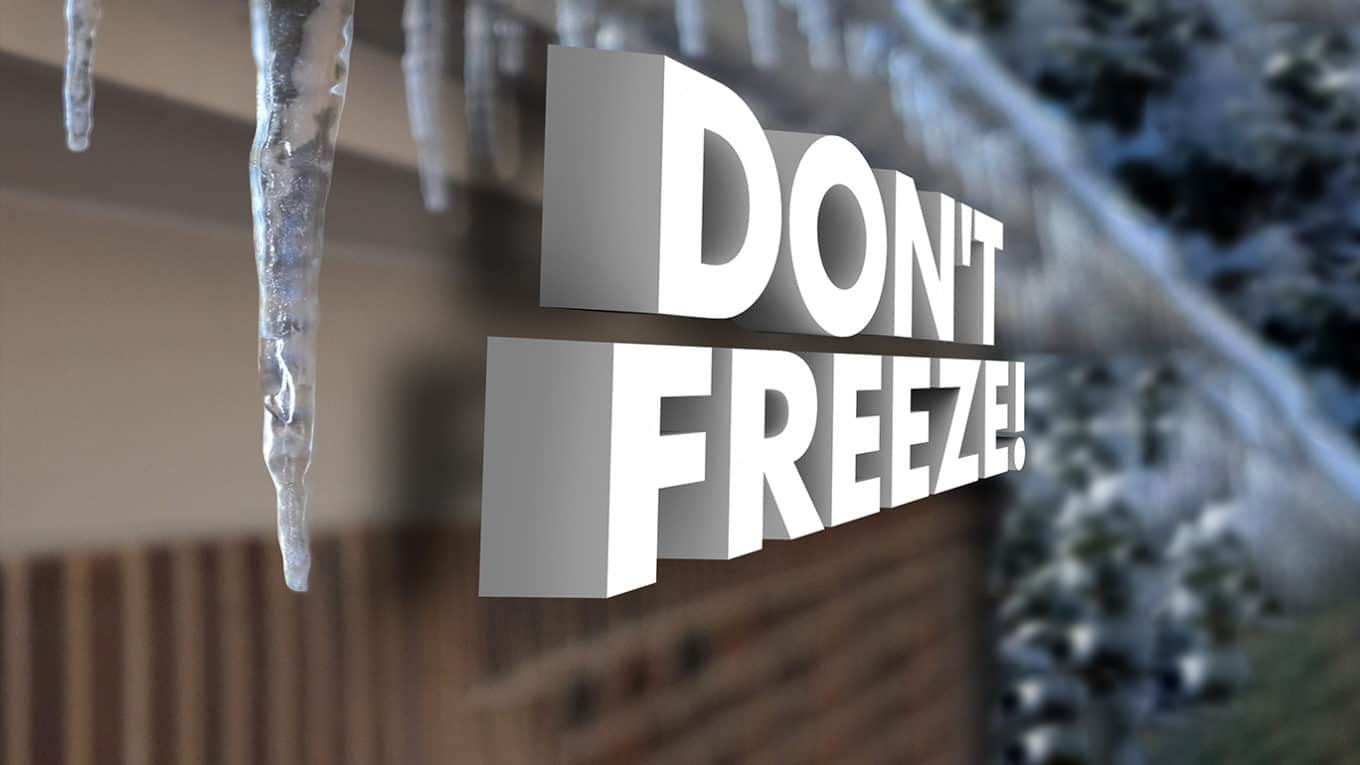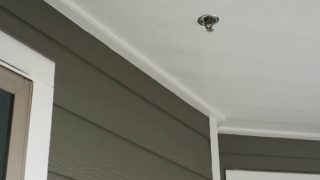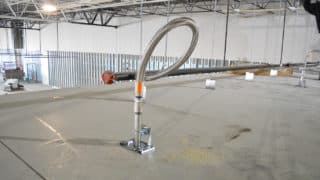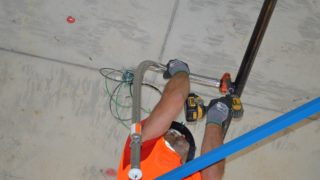Posted on January 30, 2018
From the Polar Vortex of 2017 to the Bomb Cyclone of 2018, it’s safe to say meteorologists are getting pretty creative in the way they caution the public about significant winter weather events. It’s not uncommon to run to the store and pick up some milk and bread (even if you haven’t drunk milk in years) and maybe even get some rock salt for your sidewalk, just in case. Great – your personal and family well being are taken care of, but what are you going to be faced with when you brave the storm and make it to work the next day? It’s time to dive deeper and get creative (like those meteorologists) about mitigating winter weather effects on sprinkler systems before they happen.
Fire Sprinkler Systems battling freezing conditions
A functioning fire protection system is critical when protecting life and property. A working sprinkler system is necessary to meet these needs but a sprinkler system that is easy to install in accordance to or exceeding NFPA 13 and maintained in accordance to NFPA 25 is even more important.
All it takes is one dip in temperature below freezing for water in traditional dry sprinkler systems to freeze if they aren’t installed according to code. When that happens, the sprinkler system is impaired and could fail when it is needed most.
Freeze-ups frequently occur when wet pipes are positioned too close to an exterior wall that is insulated incorrectly or in a climate controlled space that is not properly maintained. The latter is far too common on university campuses when students and other residents leave for extended periods or choose to run their heat at lower temperatures to reduce their energy bill.
To avoid freezing, sprinkler system designs often incorporate soffits to house longer dry sprinklers to ensure the barrels are exposed to the heated space and in turn prevent the wet piping from freezing. While soffits solve the problem of freezing, they create design issues, introducing unsightly and bulky structures that require additional labor and material cost to build.
Design issues aside, fire suppression system repairs can be burdensome when the system freezes, and fire-watches are required around-the-clock until the system is back in working order.
Victaulic has solved these potential issues by joining their expertise in flexible fitting technology with dry sprinkler technology. With the ability to bend flexible dry sprinklers, installers can keep water farther from freezing conditions within the wall, eliminating the risk of frozen and burst pipes.
Available in three lengths with a 2-in. bend radius, the high-performance VicFlex™ Dry Sprinkler Style VS1 is easy to install eliminating the use of soffits and bending around obstructions. Victaulic flexible dry sprinklers can be connected easily to the branch line with a swivel connection, and the one-piece brackets have no loose parts, simplifying installation.
Both the increased safety and the simplicity of installation makes using flexible dry sprinklers ideal for areas like balconies, breezeways and parking garages – all of which are common on today’s college campuses.
The VicFlex™ Dry Sprinkler Style VS1, unlike conventional technology, can be installed where the branch line outlet orientation does not need to match the sprinkler head orientation. The ability to flex the sprinkler allows for the system to be tested without the removal of every sprinkler to eliminate trapped water. The unique characteristics of flexible technology make sprinkler systems less prone to freezing in cold weather, which increases safety, reliability and performance.
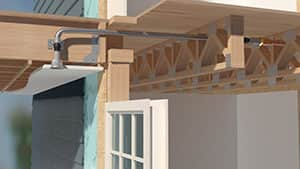
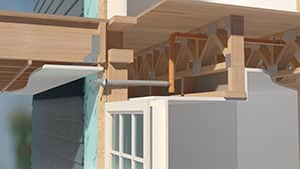
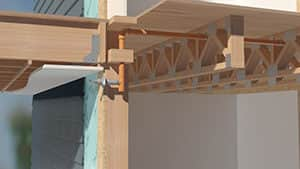
So while we all try to survive these winter months (even you Texas with a recorded low of -23◦F last year) it’s important to remember to safeguard and mitigate inherent risk in our work projects. Maybe just as important as picking up that milk and bread before the next storm.
Here are some installation videos, or check out the data sheet for yourself.
